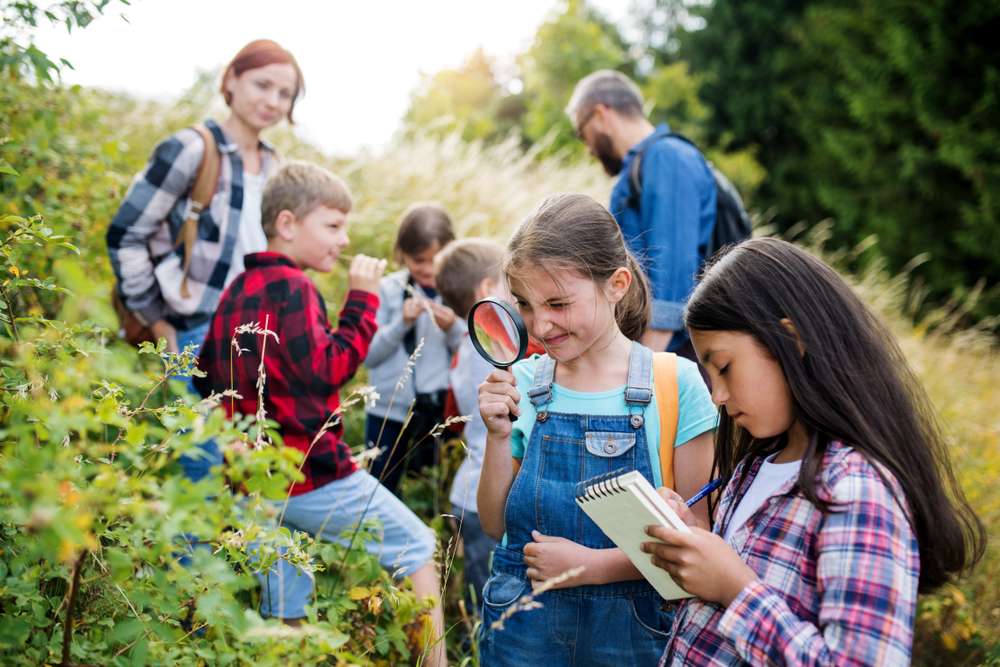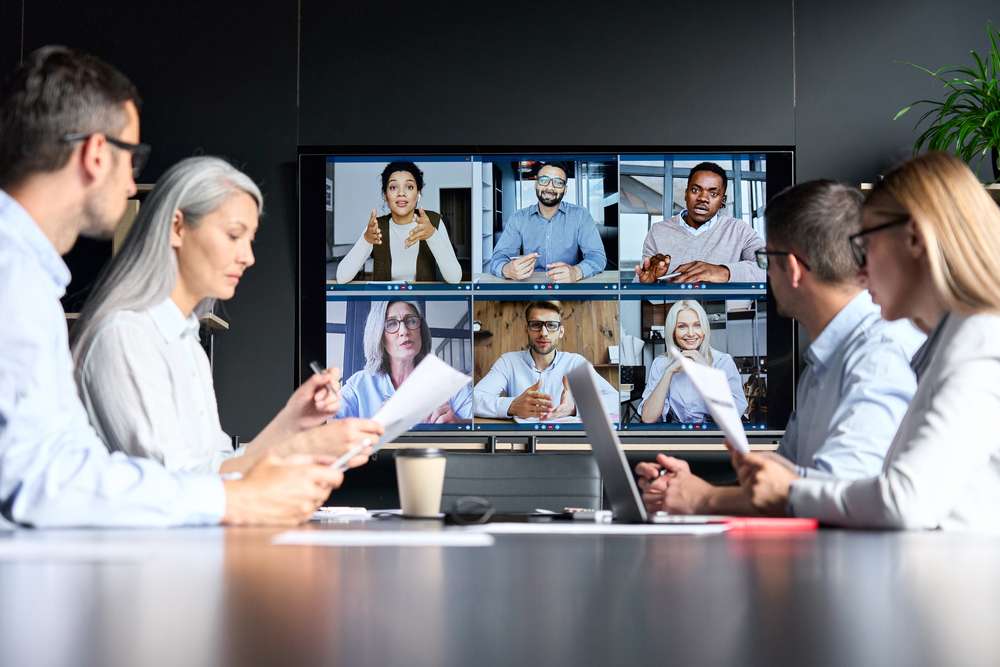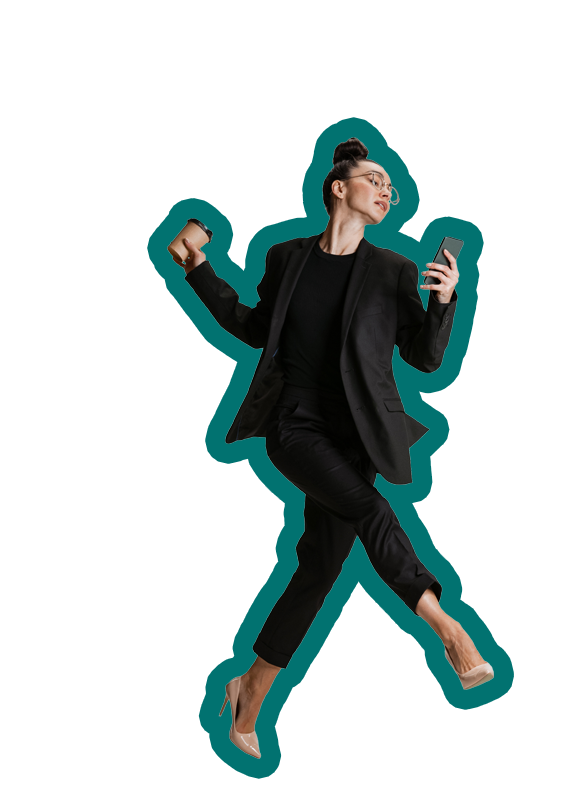
Introduction: The Importance of Personal Learning Environments and Self-Directed Learning in Modern Education
The evolving dimensions of modern education are inevitably reshaping learning paradigms and prompting a rethink of traditional teaching approaches. This has called into prominence two core concepts – Personal Learning Environments (PLEs) and Self-Directed Learning (SDL). Both play instrumental roles in creating an adaptable and engaging education system.
In essence, a Personal Learning Environment is a system that helps learners take control of and manage their learning. This includes providing support for learners to set their learning goals, manage their learning, manage their content, and communicate with others in the process of learning. When learners create their learning environments, they can choose tools, resources and approaches that best fit their needs and learning styles, driving intrinsic motivation and enhancing understanding.
On the other hand, Self-Directed Learning is a method that yields students control over their learning process. SDL is not exclusively an autonomous process, as it may involve various degrees of support or instruction from teachers. It has been described as a process in which individuals take the initiative, with or without the assistance of others, in diagnosing their learning needs, formulating learning goals, identifying resources for learning, choosing and implementing learning strategies, and evaluating learning outcomes. It transforms learners from passive recipients of information to active participants in their educational journey.
The increasing digitization of education has climaxed with more integrated technologies and methodologies transforming the way students learn and teachers teach. PLEs and SDL signify a move away from the ancient ‘one-size-fits-all’ education model to a more flexible and individual-centred learning system.
The importance of PLEs and SDL cannot be underestimated in today’s learning landscape. They have emerged as vital factors accommodating the diverse needs of learners while also amplifying their engagement and performance. Powering these elements are advanced technological solutions that further elevate the capabilities of such learning systems.
True to their revolutionary nature, PLEs enable learners to manage the multiple aspects of their learning environment. In this line, students can control the learning resources with which they interact, personally tailoring to their tastes and preferences. In contrast to standardized educational resources, PLEs incorporate numerous resources, approaches, and tools, giving learners a wholesome and multi-perspective understanding.
Similarly, SDL propels learners’ intellectual growth by stimulating them to take the reins of their learning. The decentralization of learning authority from singular institutional bodies and the dispersion to individual learners allows for a more formative and introspective learning process.
All in all, the integration between PLEs and SDL holds the potential to revolutionize the way we perceive education. Acting as a catalyst for personalized learning, they can make learning more pertinent, autonomous, and diversified. Thus, the study of these concepts and their interplay is crucial to the enhancement and transformation of education, touching upon the core tenets of what modern education should represent: individuality, inclusivity, and interactivity.

Conceptual Framework: Delving Into Self-Directed Learning and Personal Learning Environments
Before diving into the converging sphere of self-directed learning and personal learning environments, it’s imperative to gain a clear understanding of these two autonomous yet interconnected concepts.
Self-Directed Learning (SDL), by definition, involves learners taking charge of their own learning process. It’s about empowering individuals to seek knowledge and solutions by themselves, making them active participants in their educational journey, not just passive recipients of instruction. SDL encourages students to identify their learning needs, set goals, locate resources, decide on which learning methods to use and evaluate their progress. It’s an approach that enhances learners’ autonomy, independence, and self-regulation.
The concept of SDL is rooted in Knowles’ adult learning theory, but it has gradually gained traction in other age demographics, primarily due to the digital revolution and the changing skills needed for today’s information age. SDL is particularly relevant in this era of rapid technological changes where standardized education cannot keep pace with the evolving needs.
On the other hand, Personal Learning Environments (PLEs) are systems that assist learners in taking control of and managing their learning. These environments allow individuals to explore content, interact with others, and engage in social networking to learn. PLEs are diverse and typically combine various digital tools, communities, and services that fit individual learning styles and needs. They include resources like blog posts, podcasts, online courses, webinars, social media platforms, and virtual communities, among others.
PLEs empower learners by breaking away from the traditional, standardized model of learning that’s often limited to classrooms. They emphasize the learner’s active role and promote learning that is fitted to individual preferences, pace, and time. They allow learners to connect, collaborate, create and share, thereby facilitating an interactive and inclusive learning ecosystem.
But, the PLEs should not be mistaken as only the tools or technologies; instead, it’s better to imagine them as learners’ ecosystem or context for learning. They include a learner’s personal tools and resources, interactions with other people, and the environment in which learning transpires.
To sum up, SDL and PLEs are closely related concepts that provide a fresh perspective on the process of learning. While SDL stresses the learner’s autonomy and initiative in their learning journey, PLEs provide the supportive infrastructure that facilitates this process. The combination of these two has profound implications for transforming traditional education paradigms and creating a more empowered, personalized, and inclusive learning experience for all learners.

Interplay of Self-Directed Learning and Personal Learning Environments: A Crucial Symbiosis in Transforming Education
Traditionally, learning has been pre-defined, instructor-led, and curriculum-oriented. However, due to advancing technology and evolving learner demographics, education models are shifting towards more self-directed and personalized approaches. This chapter explores the essential interplay between self-directed learning (SDL) and personal learning environments (PLEs), two components critical in transforming education.
Education has long been a passive process—knowledge was deemed the ownership of the teacher to pass to the students. In contrast, self-directed learning flips this to model being a proactive, autonomous effort. It empowers learners to acquire knowledge, devise their learning strategies, and find their specific learning styles. Essentially, SDL fosters critical thinking, creativity, problem-solving, and other vital 21st-century skills.
On the other hand, the notion of personal learning environments underscores the central role that learners retain in managing and customizing their learning experiences. PLEs encapsulate the tools and contexts that learners require to fulfill their learning objectives. They incorporate technologies, resources, and social connections, helping learners to engage with learning material and peers, and empowering them with complete control over their learning.
The interplay between SDL and PLEs is fascinating and crucial in reshaping education. It is neither linear nor one-directional but a symbiotic relationship that relies on the strengths of each component.
PLEs provide the infrastructure needed for SDL: digital resources—like e-books, educational apps, and online courses—offer vast opportunities for self-learning. They also provide channels for networking, discussions, and feedback, which serve as pivotal stages of SDL. At the same time, the capacity to self-direct learning is necessary to capitalize fully on PLEs—without autonomy, motivation, and critical thinking, learners cannot navigate and exploit resources, or connect and collaborate meaningfully with peers or mentors.
Using SDL within PLEs allows for greater personalization and learner engagement. It allows learners to establish learning objectives, identify appropriate learning resources within their environments, and develop strategies to attain their goals. The flexibility and control inherent in SDL and PLEs enable learners to learn in ways that are personally significant, often leading to more profound and lasting learning outcomes. Additionally, this combination promotes lifelong learning, a skill held in high regard in today’s rapidly changing world.
However, the challenge here is to strike the right balance. Too much independence can lead to feelings of isolation and disengagement, whereas too little can stifle critical thinking and creativity. Furthermore, learners need to develop digital and media literacy skills to navigate and utilize their PLEs effectively.
In conclusion, the interplay between SDL and PLEs is symbiotic and transformative. It redefines the learning processes to place the learner at the helm, providing them with the autonomy to learn at their pace and style and the opportunity to leverage technology optimally for education. This synergy represents a potent avenue for educational reform, promising to shape learners who are resilient, adaptable, and equipped for the future.

Potential Benefits and Challenges of Enabling Self-Directed Learning in Personal Learning Environments
The fusion of self-directed learning and Personal Learning Environments (PLE) holds enormous potential for revamping educational experiences. However, like all innovative approaches, it presents both opportunities and challenges.
For starters, the merging of these elements can lead to truly personalized learning experiences. Here, students are not only consumers of educational content; they become active participants in their learning journey, taking responsibility for their education. They can select what they want to learn, how they want to go about it, and at what pace. It goes without saying that this level of customization can drastically enhance learner engagement and motivation, pushing them to strive for deeper knowledge and understanding.
Moreover, self-directed learning in PLEs can help students develop critical soft skills that are in high demand in today’s workforce, namely, initiative, problem-solving, self-management, and lifelong learning. Driven by their motivations, students will naturally encounter challenges that require the application and development of these skills. As such, self-directed learning in PLEs inevitably pushes students out of their comfort zones and encourages them to exercise their ability to learn methods and techniques that can champion their learning needs.
Integrating self-directed learning within a technology-supported personal learning environment also provides flexibility and accessibility. Whether at school, at home, or on the move, students can access their learning materials and interact with peers and educators. This increase in accessibility, combined with the learned ability to direct one’s learning, paves the way for continuous, lifelong learning.
While there are abundant benefits to enabling self-directed learning in personal learning environments, the shift from traditional learning settings also poses significant challenges. One of these is the risk of widening the digital divide. Not all students have equal technology access, and those without necessary resources might get left behind.
Furthermore, a lack of motivation or discipline may also hamper self-directed learning success. It takes a great deal of discipline to manage one’s learning, especially without the traditional structure that formal education provides. Extra support may be needed for learners who struggle with self-discipline and motivation.
Finally, there’s the challenge of providing adequate guidance and support. Even though the premise of self-directed learning is that the learner leads the process, this doesn’t eliminate the need for facilitation and guidance. Educators’ roles shift from being the ‘sage on the stage’ to the ‘guide on the side’. Yet, finding the balance between giving learners autonomy and providing necessary support is a tricky path.
In summary, while the integration of self-directed learning within personal learning environments presents unparalleled advantages, it also tosses up significant challenges. As such, it is critical for those in the field of education to remain cognizant of these hurdles while seeking creative strategies to overcome them and tap into the potential of this transformative approach to education.
Conclusion: Harnessing the Potential of Self-Directed Learning and Personal Learning Environments for the Future of Education
As we end our exploration of the interplay between self-directed learning and personal learning environments, we must acknowledge the immense potential they hold in reshaping education and facilitating effective learning. Today’s academic landscape is rapidly evolving, with traditional models of education changing to cater to the diversified learning needs of the 21st-century learner. Embracing self-directed learning within personal learning environments holds the key to fostering educational transformation.
Self-directed learning promotes an approach that instills in learners the ability to take charge of their educational process. This encourages autonomy, initiative, and responsibility, shaping individuals who are not only lifecycle learners but also problem-solvers and global citizens. Learners can tailor their education according to their pace, interests, and goals, fostering both academic growth and personal development – capabilities that are increasingly important in today’s dynamic global economy.
Personal learning environments, on the other hand, provide the appropriate scaffoldings for self-directed learning to occur seamlessly. They provide an amalgamation of various tools and resources, where learners can navigate and create their unique learning paths. These environments are not only technologically driven but also socially pertinent, allowing learners to interact with the content and with others, fostering a community of practice and collaboration.
In the intersection of these two paradigms, we find a model of education that promotes active participation, rather than passive consumption. Harnessing this potential, therefore, requires efforts from all stakeholders. Teachers and educators need to foster spaces that promote autonomy, curiosity, and exploration. They should shift from a primary role of information providers to an increasingly essential role of supporters, facilitators, and guides.
Organizations and policymakers need to rethink the infrastructure and rules that govern learning environments. They should place learners at the center of these systems, creating a flexible, supportive structure that can meet the diverse learning needs of the digital generation.
Last but not least, learners should be encouraged and empowered to take control of their learning, understanding that learning is not confined to formal educational institutions but pervades all aspects of life.
In conclusion, the combination of self-directed learning and personal learning environments presents a transformative force for our education systems. Recognizing and harnessing this potential can help us move beyond traditional, one-size-fits-all methods, seeding an educational landscape that is increasingly personalized, engaging, and effective. By fostering a culture of lifelong learning, we can ensure that we are preparing our learners not just to survive but to thrive in the 21st century.


